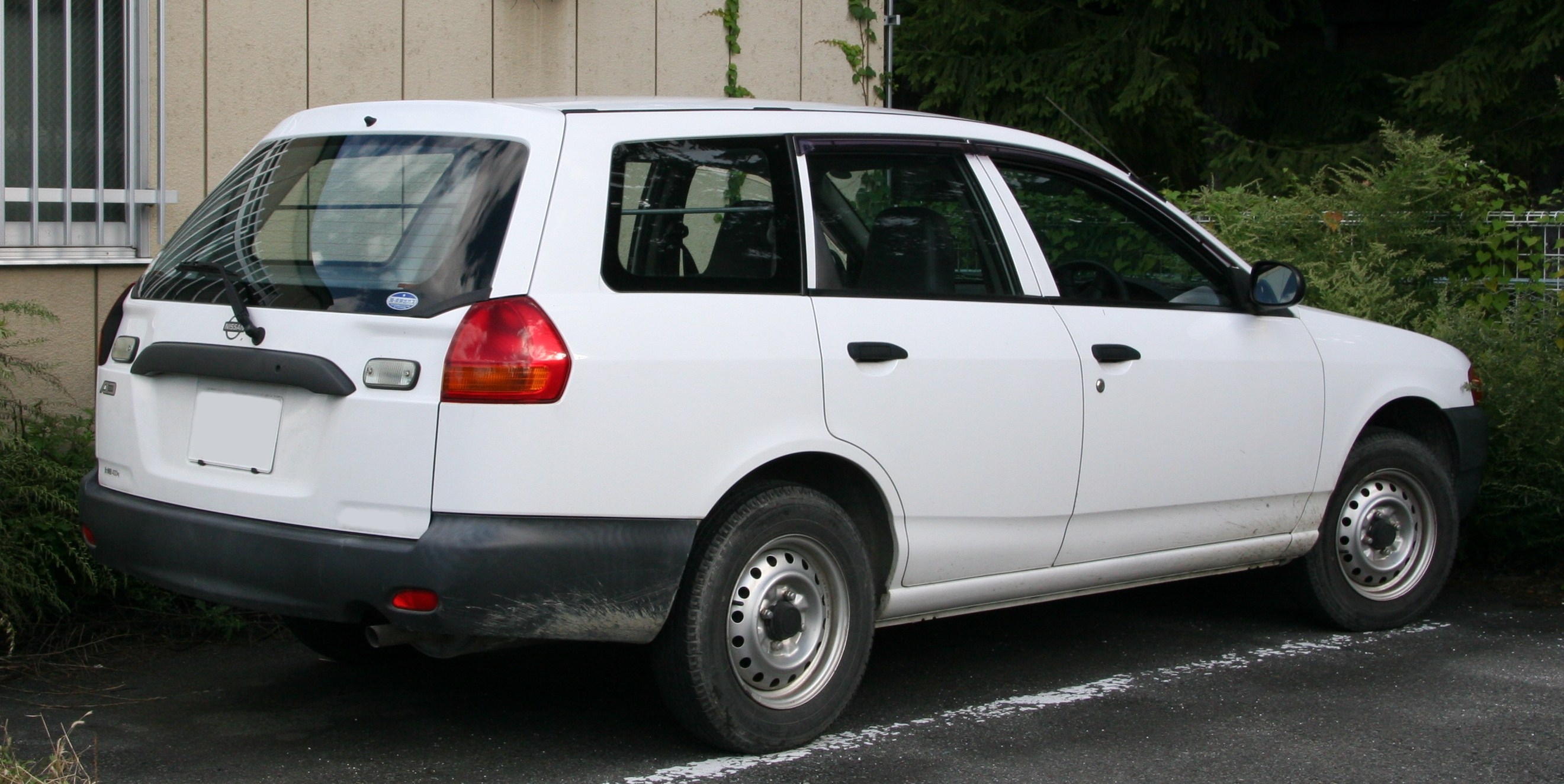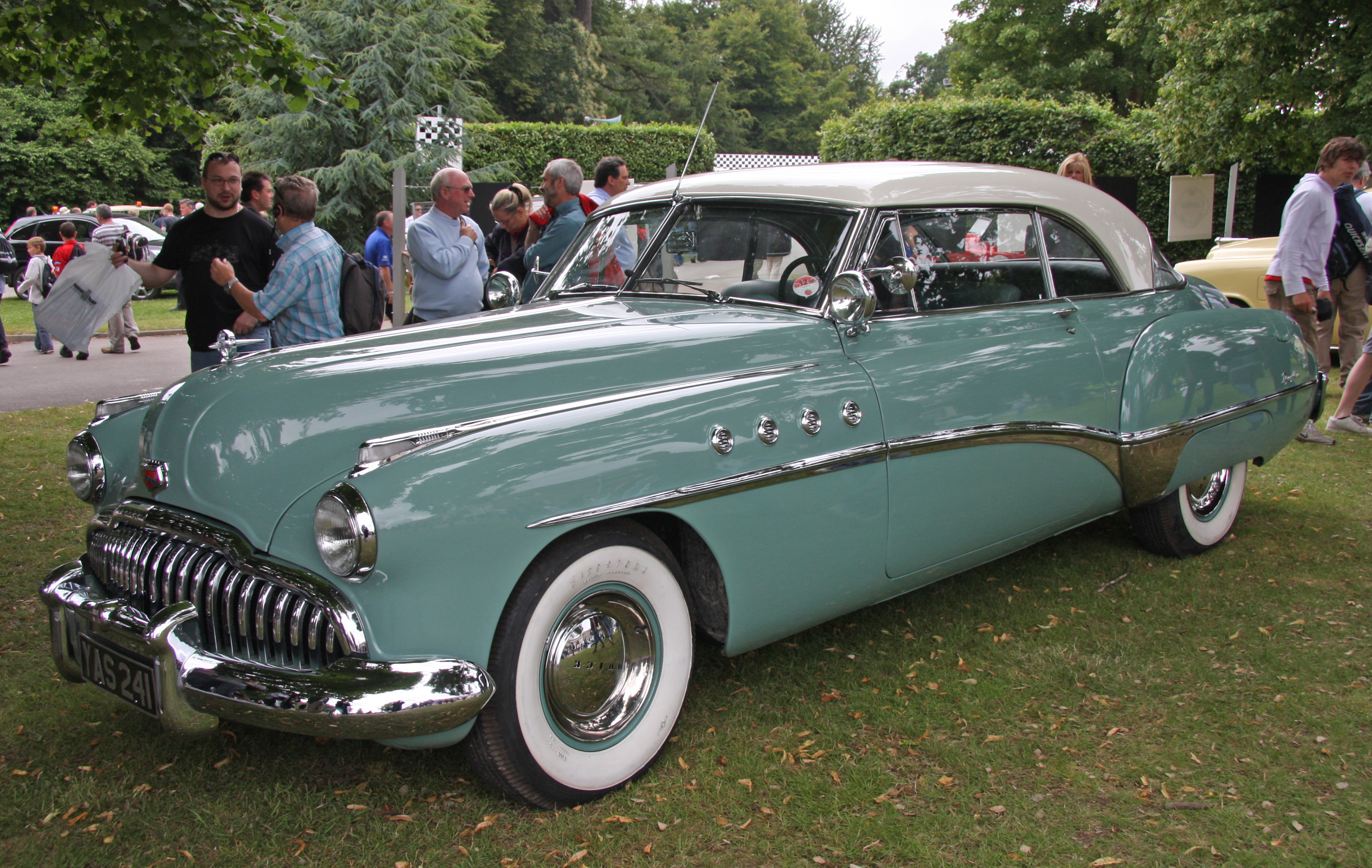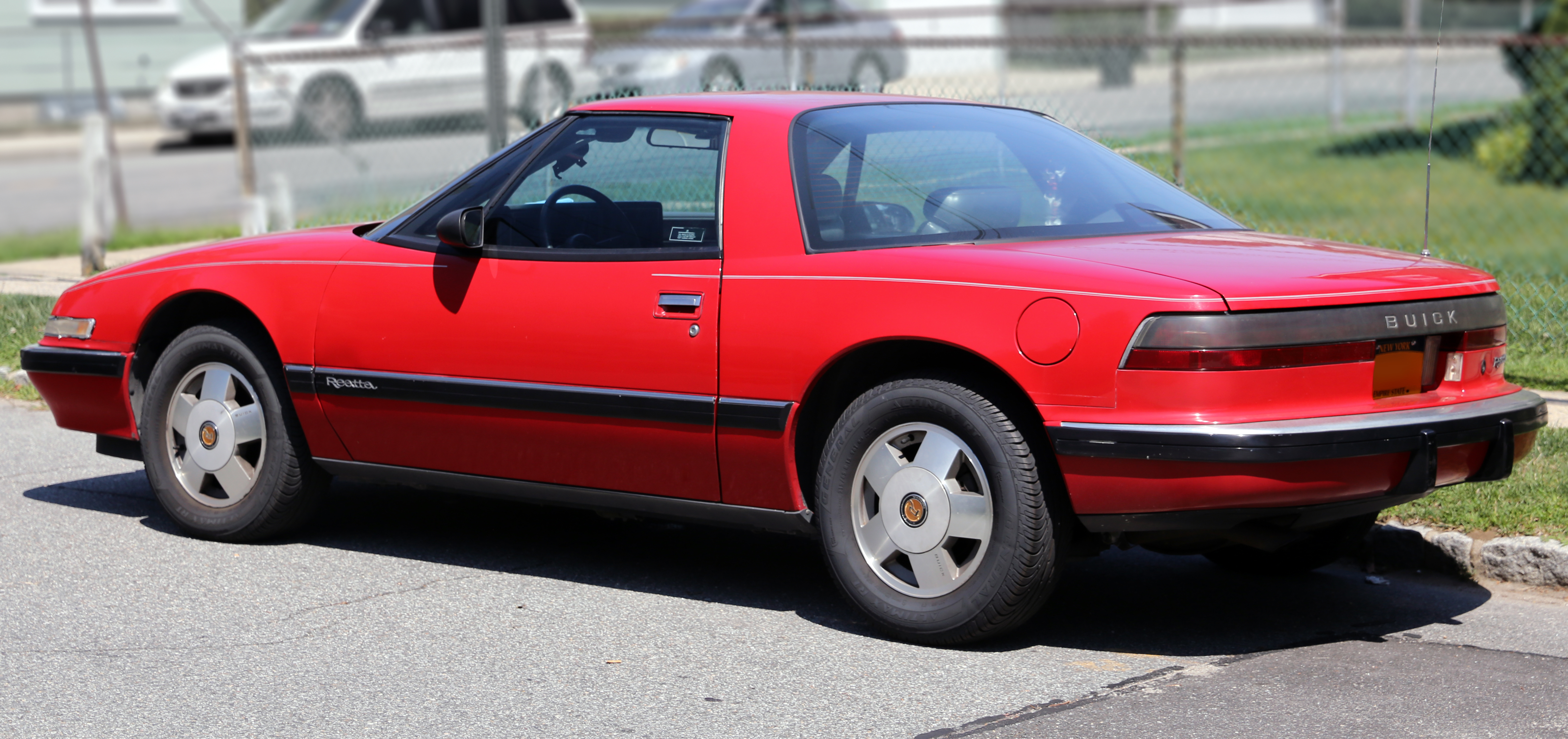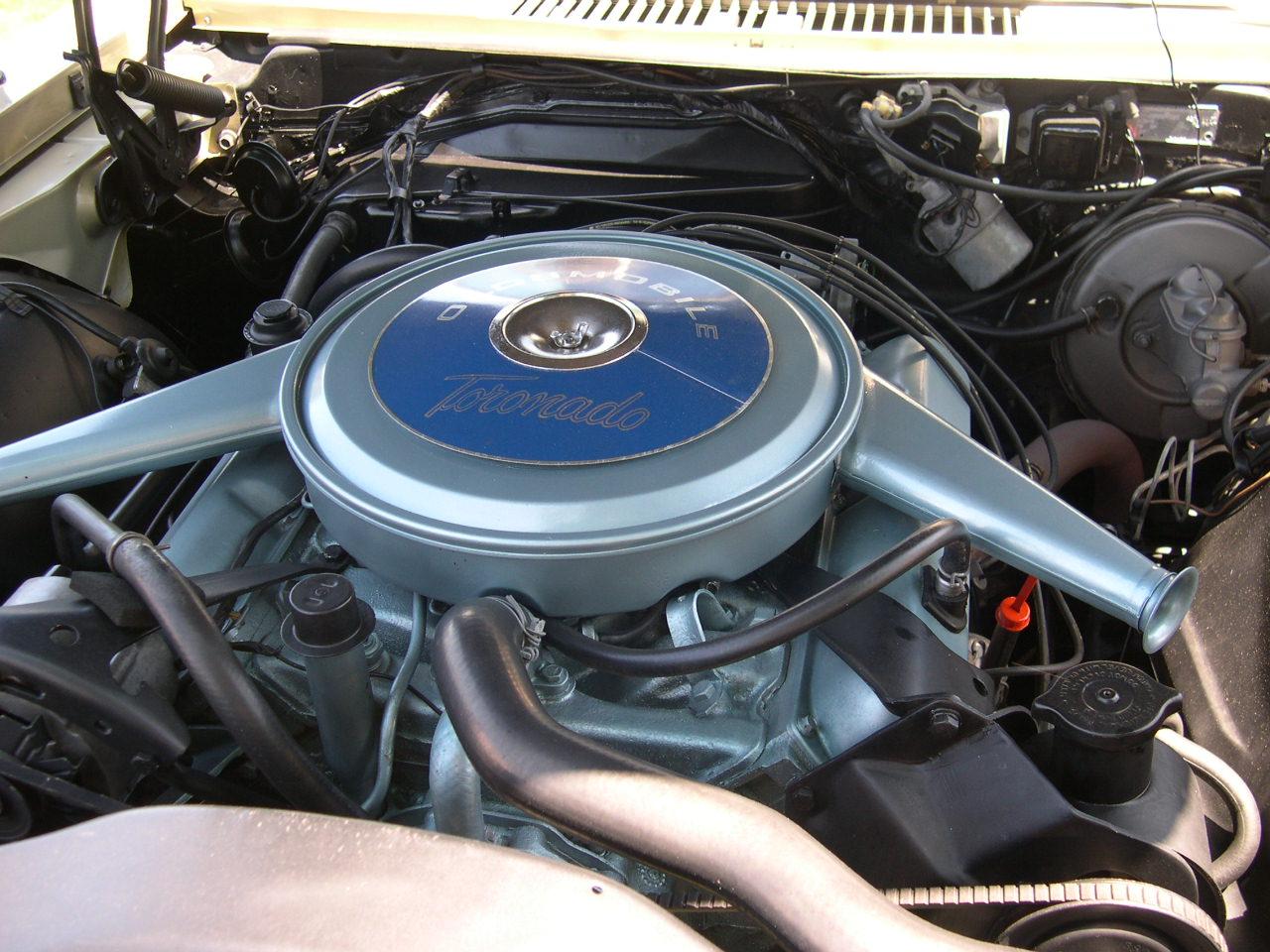|
GM V Platform (FWD)
The V platform, or V-body, automobile platform designation was used by General Motors for the Cadillac Allanté halo car. It was a shortened version of the E-body used in the Buick Riviera, Buick Reatta, Oldsmobile Toronado, and Cadillac Eldorado. The Allanté was a personal luxury car, partially built in Italy and sold in limited numbers. General Motors also used the GM V platform (1966) designation for unrelated global sedans. Application: * 1987–1993 Cadillac Allanté The Cadillac Allanté is a two-door, two-seater luxury roadster marketed by Cadillac from 1987 until 1993. It used a Cadillac chassis and running gear with a body built in Italy by coachbuilder Pininfarina. It was expensive to produce with ... — 99.4 in (2525 mm) wheelbase, front-wheel drive {{General Motors platforms V 2 ... [...More Info...] [...Related Items...] OR: [Wikipedia] [Google] [Baidu] |
Automobile Platform
A car platform is a shared set of common design, engineering, and production efforts, as well as major components, over a number of outwardly distinct models and even types of cars, often from different, but somewhat related, marques. It is practiced in the automotive industry to reduce the costs associated with the development of products by basing those products on a smaller number of platforms. This further allows companies to create distinct models from a design perspective on similar underpinnings. A car platform is not to be confused with a platform chassis, although such a chassis can be part of an automobile’s design platform, as noted below. Definition and benefits A basic definition of a platform in cars, from a technical point of view, includes: underbody and suspensions (with axles) — where the underbody is made of front floor, Rearfloor, engine compartment and frame (reinforcement of underbody). Key mechanical components that define an automobile platform includ ... [...More Info...] [...Related Items...] OR: [Wikipedia] [Google] [Baidu] |
General Motors Corporation
The General Motors Company (GM) is an American Multinational corporation, multinational Automotive industry, automotive manufacturing company headquartered in Detroit, Michigan, United States. It is the largest automaker in the United States and was the largest in the world for 77 years before losing the top spot to Toyota in 2008. General Motors operates manufacturing plants in eight countries. Its four core automobile brands are Chevrolet, Buick, GMC (automobile), GMC, and Cadillac. It also holds interests in Chinese brands Wuling Motors and Baojun as well as DMAX (engines), DMAX via joint ventures. Additionally, GM also owns the BrightDrop delivery vehicle manufacturer, GM Defense, a namesake Defense vehicles division which produces military vehicles for the United States government and military; the vehicle safety, security, and information services provider OnStar; the auto parts company ACDelco, a GM Financial, namesake financial lending service; and majority ownership in t ... [...More Info...] [...Related Items...] OR: [Wikipedia] [Google] [Baidu] |
Cadillac Allanté
The Cadillac Allanté is a two-door, two-seater luxury roadster marketed by Cadillac from 1987 until 1993. It used a Cadillac chassis and running gear with a body built in Italy by coachbuilder Pininfarina. It was expensive to produce with the complete bodies flown to Detroit for final assembly. Over 21,000 were built during its seven-year production run. Conception and design To maintain luxury market position in the 1980s, Cadillac sought an aspirational model that would combine the prestige of a European design with the renown of a European coachbuilder — to help Cadillac compete with Mercedes and Jaguar. It would become the first modern-era two-passenger Cadillac roadster, and the first to wear the Cadillac name since the Cadillac Series 355 roadster of the 1930s. Cadillac General Manager Bob Burger sent engineers in 1982 to Italy to meet with designers and coachbuilders, to explore a partnership with Cadillac. According to according to program manager Ed Anders ... [...More Info...] [...Related Items...] OR: [Wikipedia] [Google] [Baidu] |
Halo Car
The halo effect (sometimes called the halo error) is the tendency for positive impressions of a person, company, brand, or product in one area to positively influence one's opinion or feelings in other areas. Halo effect is “the name given to the phenomenon whereby evaluators tend to be influenced by their previous judgments of performance or personality.” The halo effect is a cognitive bias which can possibly prevent someone from accepting a person, a product or a brand based on the idea of an unfounded belief on what is good or bad. The term was coined by Edward Thorndike. A simplified example of the halo effect is when a person notices that an individual in a photograph is attractive, well groomed, and properly attired, they assume, using a mental heuristic, that the person in the photograph is a good person based upon the rules of their own social concept. This constant error in judgment is reflective of the individual's preferences, prejudices, ideology, aspirations, a ... [...More Info...] [...Related Items...] OR: [Wikipedia] [Google] [Baidu] |
GM E Platform
The General Motors E platform or E-body was the automobile platform designation used for a number of personal luxury cars produced from 1963 to 2002. Notably, early E-bodies were produced in both front wheel drive and rear wheel drive configurations, and were the first front wheel drive automobiles produced in the United States since 1937. The initial front-wheel drive E-platform power plant was referred to as the Unitized Power Package (UPP). E-bodies were re-engineered to a smaller size in 1979, gaining a relationship to the FWD K-platform used in the Cadillac Seville. Later, the cars were made smaller still with the 1986 redesign, along with the K-body. Most 1986–1993 E-bodies were produced at GM's high-tech Detroit/Hamtramck Assembly plant, with the Buick Reatta being built at the Lansing Craft Centre—then known as the Reatta Craft Centre. GM used the E-body designation until the Cadillac Eldorado ceased production in 2002. The E-body was used as the basis for th ... [...More Info...] [...Related Items...] OR: [Wikipedia] [Google] [Baidu] |
Buick Riviera
The Buick Riviera is a personal luxury car that was marketed by Buick from 1963 to 1999, with the exception of the 1994 model year. As General Motors' first entry into the personal luxury car market segment, the Riviera was highly praised by automotive journalists upon its high-profile debut. It was a ground-up design on a new GM E platform debuting for the 1963 model year and was also Buick's first unique Riviera model. Unlike its subsequent GM E platform stablemates, the Oldsmobile Toronado and Cadillac Eldorado, the Riviera was initially a front engine/rear-wheel drive platform, switching to front-wheel drive starting with the 1979 model year. While the early models stayed close to their original form, eight subsequent generations varied substantially in size and styling. A total of 1,127,261 Rivieras were produced. The Riviera name was resurrected for two concept cars that were displayed at auto shows in 2007 and in 2013. Origins The Riviera name The name ''Riviera'', ... [...More Info...] [...Related Items...] OR: [Wikipedia] [Google] [Baidu] |
Buick Reatta
The Buick Reatta is a low-volume transverse front-engine, front-wheel drive, two-door, two-seater grand tourer manufactured and marketed by Buick as a coupe (1988–1991) and convertible (1990-1991) — both featuring a 3.8 liter V6 engine and shortened version of the GM E platform, shared with the seventh generation Buick Riviera. As Buick's first two-seater and its first convertible since the 1985 Riviera, the Reatta was manufactured in a highly specialized assembly program at the Reatta Craft Center (later known as the Lansing Craft Center) in Lansing, Michigan—achieving production of over 21,000 units in four years. Overview For the Reatta's manufacture at the Reatta Craft Center, specialized teams of workers assembled the car at a series of stations rather than on a conventional assembly line. After a team had completed their portion of the assembly, the car would be moved by robots to the next station. Paintwork was performed on site under subcontract to PPG I ... [...More Info...] [...Related Items...] OR: [Wikipedia] [Google] [Baidu] |
Oldsmobile Toronado
The Oldsmobile Toronado is a personal luxury car manufactured and marketed by the Oldsmobile division of General Motors from 1966 to 1992 over four generations. The Toronado was noted for its transaxle version of GM's Turbo-Hydramatic transmission, making it the first U.S.-produced front-wheel drive automobile since the demise of the Cord 810/812 in 1937. Sharing the GM E platform introduced by the rear-wheel drive Buick Riviera in 1963 and adopted for the front-wheel drive 1967 Cadillac Eldorado, the three models shared the E platform for most of the Toronado's 26-year history. The name "Toronado" had no prior meaning and was originally selected for a 1963 Chevrolet show car. First generation (1966–1970) The Toronado began as a design painting by Oldsmobile stylist David North in 1962. His "Flame Red Car" was a compact sports/personal car never intended for production. A few weeks after the design was finished, however, Oldsmobile division was informed it would be permitt ... [...More Info...] [...Related Items...] OR: [Wikipedia] [Google] [Baidu] |
Cadillac Eldorado
The Cadillac Eldorado is a luxury car manufactured and marketed by Cadillac from 1952 until 2002 over twelve generations. The Eldorado was at or near the top of the Cadillac line. The original 1953 Eldorado convertible and the Eldorado Brougham models of 1957–1960 had distinct bodyshells and were the most expensive models that Cadillac offered those years. The Eldorado was never less than second in price after the Cadillac Series 75 limousine until 1966. Starting in 1967 the Eldorado retained its premium position in the Cadillac price structure, but was manufactured in high volumes on a unique, two-door personal luxury car platform. The Eldorado carried the Fleetwood designation from 1965 through 1972, and was a modern revival of the pre-war Cadillac V-12 and Cadillac V-16 roadsters and convertibles. It was the first Cadillac model to use a nameplate instead of previous Series model descriptions. Name The nameplate ''Eldorado'' is a contraction of two Spanish words t ... [...More Info...] [...Related Items...] OR: [Wikipedia] [Google] [Baidu] |
Personal Luxury Car
Personal luxury car is a North American car classification describing somewhat sporty, sophisticated mass-market coupés that emphasized comfort over performance. The North American manufacturers most often combined engineering, design, and marketing to develop upscale, distinctive "platform sharing" models that became highly profitable. Although luxury coupes had been produced in North America for several decades previously, the beginning of the "personal luxury car" genre is generally considered to have started in 1958, due to the success of the Ford Thunderbird (second generation) when it was redesigned from a two-seat car to a four-seat car. These changes shifted the Thunderbird's emphasis from sporting to comfort and luxury, and sales increased by 50 percent. The Thunderbird was sold for eleven generations up until the 2005 model year. The longest-running nameplate of the personal luxury car was the 50-year production of the Cadillac Eldorado, which started in the 1953 mo ... [...More Info...] [...Related Items...] OR: [Wikipedia] [Google] [Baidu] |
GM V Platform (1966)
The V platform is a rear-wheel drive automobile platform that underpinned various General Motors (GM) vehicles from 1966 through to its final discontinuation in 2007. The V platform was developed in the 1960s by the German subsidiary of GM, Opel. However, it was not without significant revision over its lifetime. The platform's phase-out began when European production ended during 2003, while the Australian variants, produced by Holden continued until 2007, after their final replacement by Zeta-derived models. The first of these Zeta cars came in 2006, with the remaining changing over in 2007. V-cars are identified by the "V" fourth character in their Vehicle Identification Number. Although completely unrelated, the "V platform" designation was also used for a series of North American front-wheel drive personal luxury coupes (see: GM V platform (1987)). Applications * Buick XP2000 ** 1995: Buick XP2000 (Concept Vehicle only) * Daewoo Prince ** 1991–1997: Daewoo Prince. ... [...More Info...] [...Related Items...] OR: [Wikipedia] [Google] [Baidu] |


.jpg)




